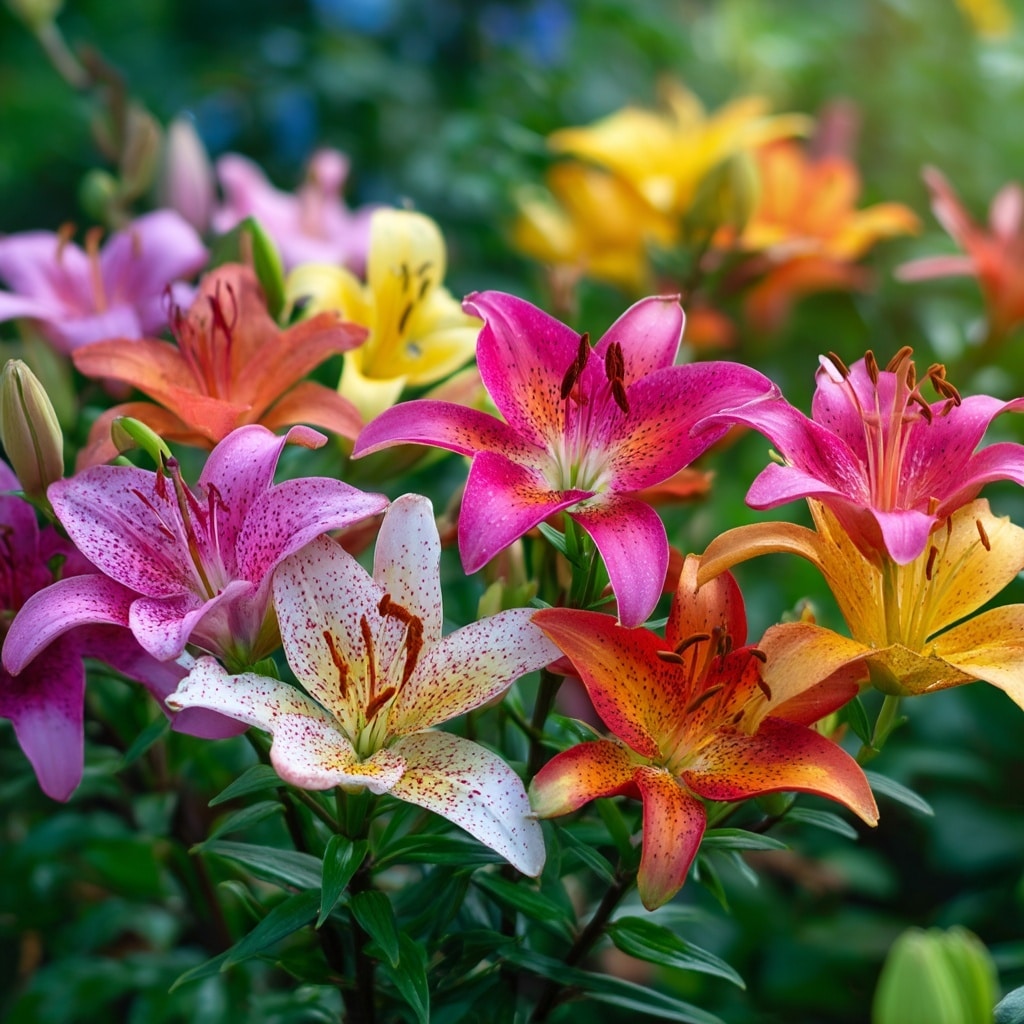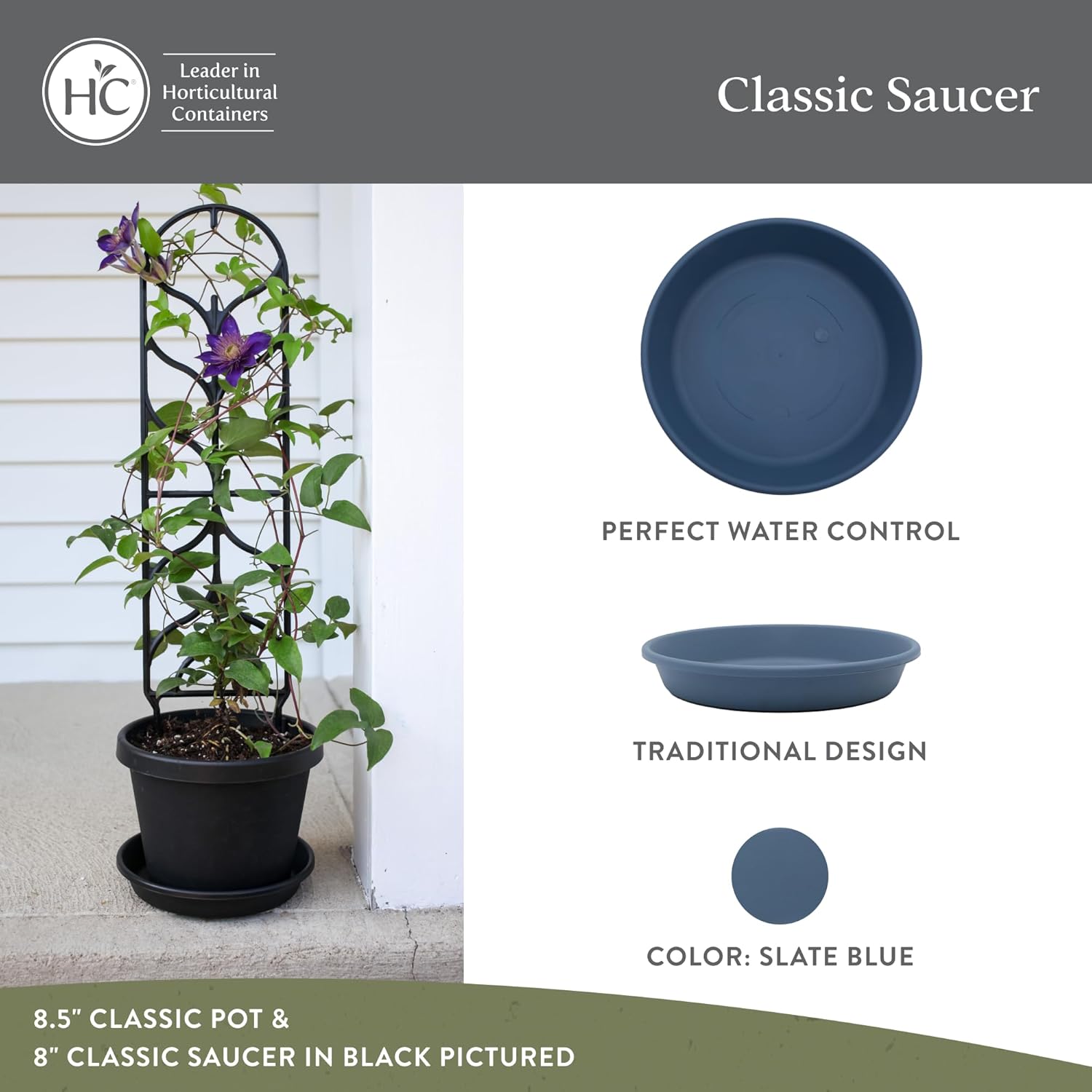Lilies bring elegance, height and vibrant color to any garden, and knowing how to grow lilies properly can turn them into a long-lasting highlight in your landscape. With the right conditions and a little care, you’ll enjoy bold blooms year after year. In this guide titled How to Grow Lilies: The Complete Lily Flower Guide, you’ll learn what lilies need—from planting through care to seasonal maintenance—so your garden thrives.
Table of Contents
Planting & Location
When growing lilies, choosing the right planting site makes all the difference. These bulbs love full sun—at least six hours daily—but also appreciate cool roots, so it helps to plant them where their bases can be shaded by low-growing plants or mulch.
Best Soil Conditions
Lilies prefer well-draining, slightly acidic to neutral soil (pH 6.0 to 7.0). Heavy clay or soggy spots can cause bulb rot, so amend with compost, peat moss, or sand to improve drainage.
Planting Depth & Spacing
Plant lily bulbs 3 times as deep as their height—usually about 6 to 8 inches deep—with the pointed end facing up. Space them 8 to 12 inches apart for airflow and to prevent disease.
Ideal Planting Time
The best time to plant lilies is in spring or fall. In cooler climates, fall planting allows bulbs to establish roots before winter. In warmer regions, spring planting works well if you keep soil consistently moist.
Caring for Lilies
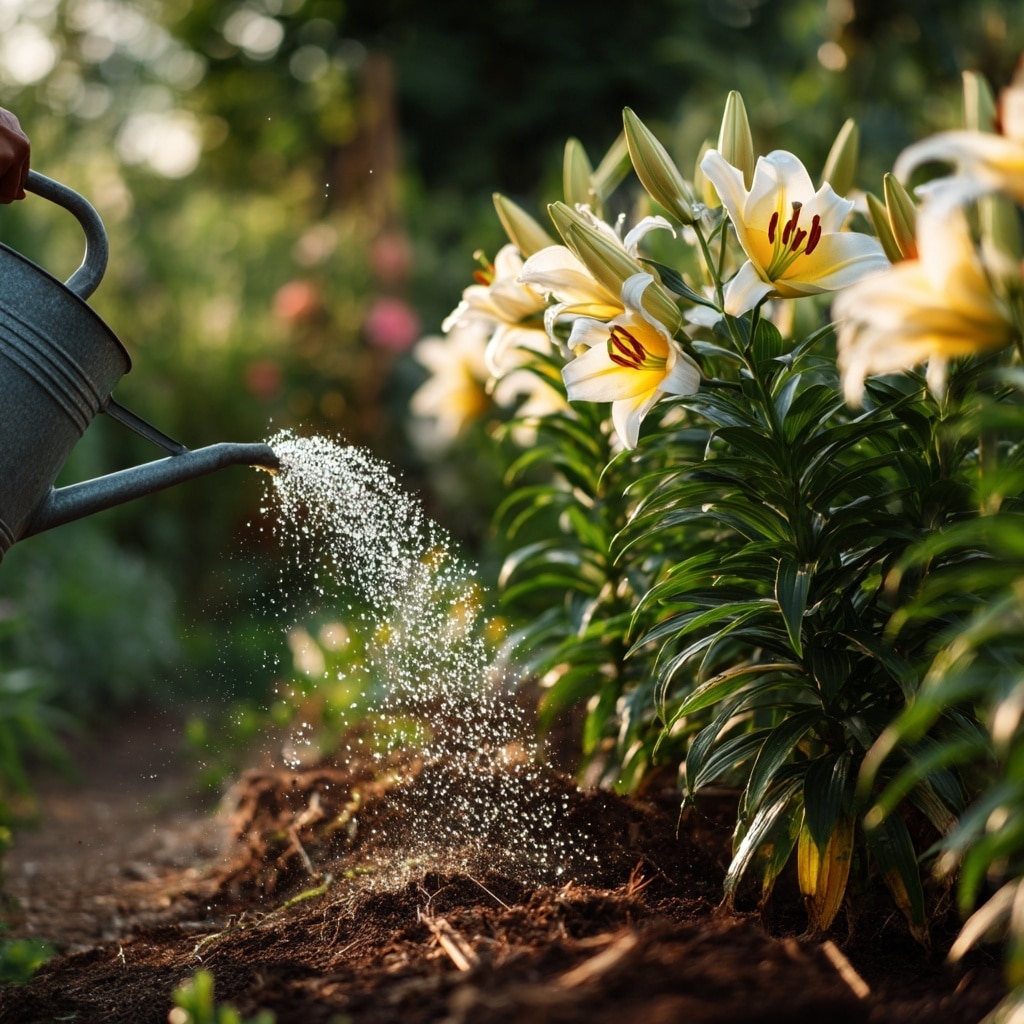
Proper care ensures that lilies grow strong, produce large blooms, and return beautifully each year. Once planted, these flowers don’t require much fuss—just a bit of attention through watering, feeding, and support.
Watering
Keep the soil evenly moist but never waterlogged. Lilies need consistent moisture during the growing season, especially while buds are forming. Water deeply once or twice a week, depending on your climate. Mulching around the base helps retain moisture and keep roots cool.
Feeding
Feed your lilies with a balanced slow-release fertilizer or a bulb-specific blend when new growth appears in spring. Repeat just before flowering for best results. Avoid high-nitrogen fertilizers, which can cause weak stems and fewer blooms.
Staking & Support
Tall lily varieties, like Oriental and trumpet lilies, may need support as they grow. Use slender stakes or decorative supports to keep stems upright, especially in windy spots.
Deadheading & Pruning
Remove faded blooms promptly to encourage more flowers and prevent seed formation. However, keep the foliage intact until it turns yellow and dies back naturally—this allows the bulb to store energy for the next season.
Common Pests and Problems

Even the healthiest lilies can face a few challenges, but most issues are easy to prevent with good care and garden hygiene.
Lily Beetles
One of the most common threats is the red lily beetle, known for eating leaves, buds, and flowers. Handpick them early in the season or use neem oil or insecticidal soap as a safe deterrent. Regular inspections help stop infestations before they spread.
Aphids
Aphids often cluster on tender stems and buds, sucking plant sap and weakening growth. Rinse them off with water or apply a mild soapy spray. Ladybugs and lacewings are also natural predators that help control aphid populations.
Fungal Diseases
Gray mold (Botrytis) and other fungal issues thrive in damp conditions. To avoid these, ensure good air circulation and avoid overhead watering. Remove any infected leaves or debris immediately. A light dusting of garden sulfur or copper fungicide can prevent further spread.
Poor Blooming
If your lilies fail to flower, the cause is usually insufficient sunlight, overcrowding, or nutrient imbalance. Make sure the bulbs have enough space, receive full sun, and are fed with a phosphorus-rich fertilizer to boost blooming.
Propagation and Division
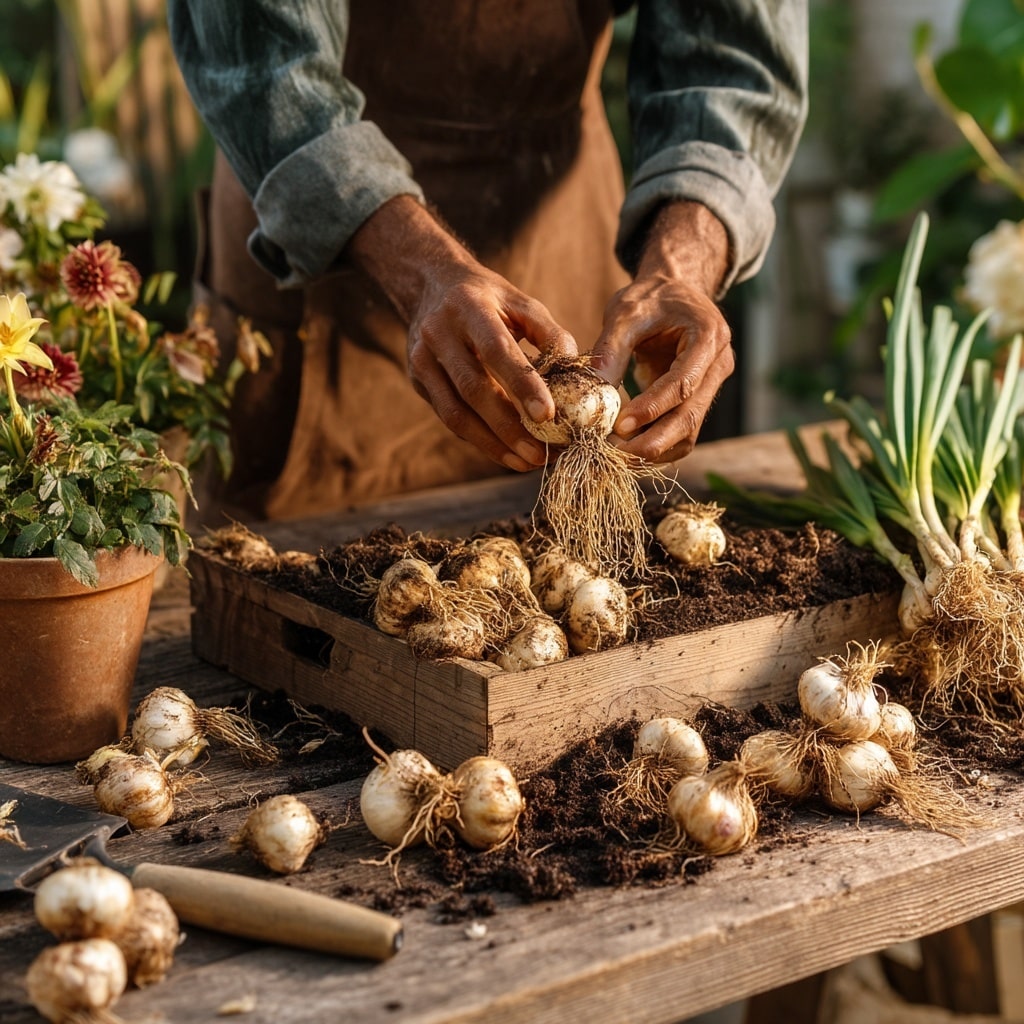
Propagating lilies is a rewarding way to expand your collection or rejuvenate older plantings. With a little patience, you can multiply your lilies naturally through division or bulb scales.
Dividing Established Lilies
Every 3 to 4 years, dig up mature lily clumps in early fall, once the foliage has died back. Carefully separate the bulbs, keeping only the firm, healthy ones. Replant them immediately in fresh, well-draining soil at the same depth as before. Division prevents overcrowding and encourages stronger flowering.
Growing from Bulbils or Scales
Some varieties—especially Asiatic and Tiger lilies—produce small bulbils along their stems. Gently remove these bulbils when mature, then plant them in seed trays filled with moist compost. Keep them in a cool, shaded spot until new shoots form, then transplant outdoors after one season.
For scale propagation, peel a few outer scales from a healthy bulb, place them in a damp mix of peat and perlite, and store them in a plastic bag for 6–8 weeks in a cool place. Tiny bulblets will form and can later be planted in pots or garden beds.
Types of Lilies to Grow
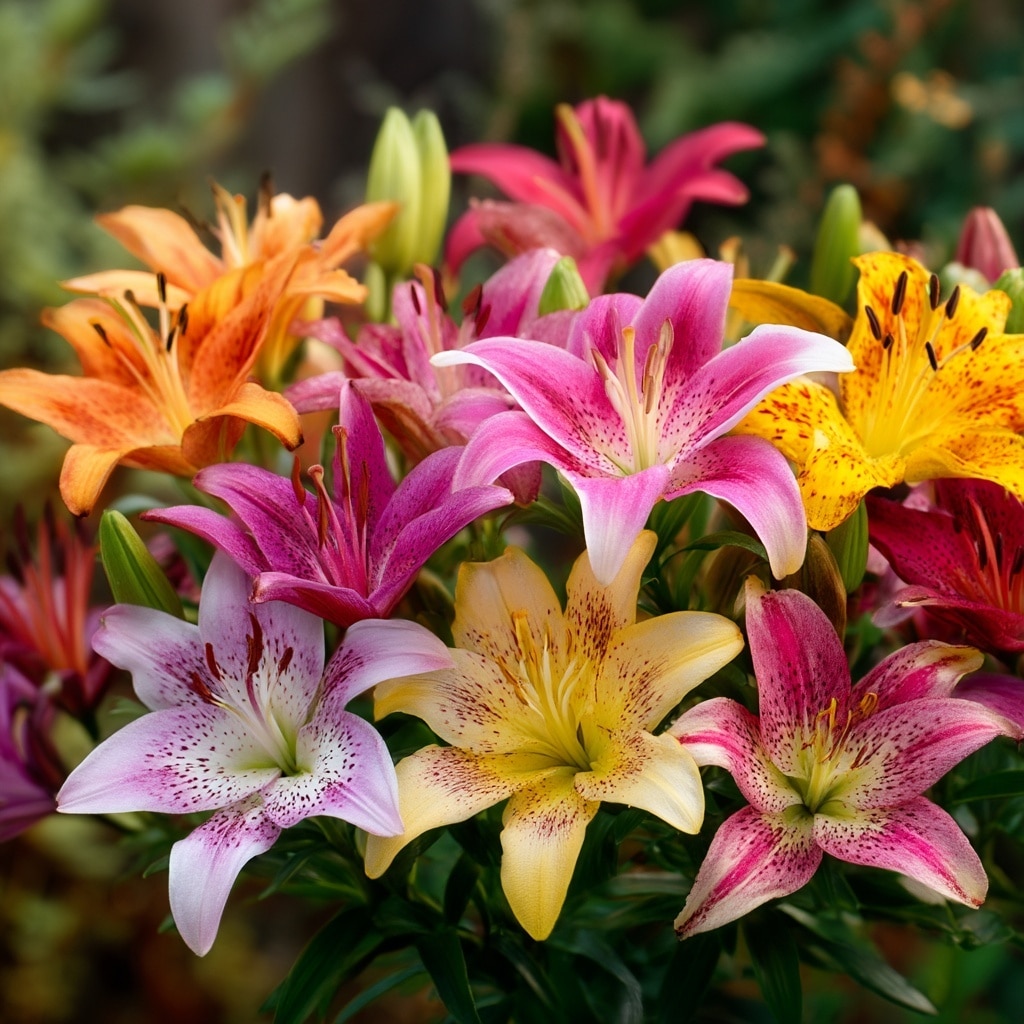
With hundreds of stunning varieties, lilies come in nearly every color, size, and fragrance imaginable. Choosing the right type for your garden depends on your climate and the look you want to achieve. Here are some of the most popular groups to consider:
Asiatic Lilies
Asiatic lilies are among the easiest to grow. They bloom early in summer and feature bold, upward-facing flowers in bright shades of red, orange, yellow, pink, and white. They’re hardy, reliable, and fragrance-free—perfect for low-maintenance gardeners.
Oriental Lilies
Oriental lilies bloom later in summer and are prized for their large, fragrant flowers with ruffled petals. They prefer slightly acidic soil and partial sun, making them ideal for borders or containers. Popular varieties include Stargazer and Casablanca.
Trumpet Lilies
Trumpet lilies produce long, trumpet-shaped blooms that fill the air with a sweet perfume. Their tall stems and showy flowers make them striking focal points in any garden.
Tiger Lilies
Tiger lilies stand out with their orange petals speckled with dark spots. They’re hardy and multiply easily, often naturalizing in the garden.
LA and OT Hybrids
LA hybrids (Longiflorum × Asiatic) and OT hybrids (Oriental × Trumpet) combine the best traits of their parent plants—strong stems, larger flowers, and extended blooming periods. They’re an excellent choice for gardeners seeking both fragrance and durability.
Harvesting and Seasonal Care

Knowing how to maintain lilies throughout the year keeps them healthy and ensures continuous blooms season after season.
Cutting for Arrangements
When cutting lilies for vases, choose flowers with at least two open blooms and several closed buds. Cut stems early in the morning and remove any leaves that would sit below the waterline. This prevents bacterial growth and keeps arrangements fresh for up to 10 days.
Post-Bloom Care
After flowering, remove spent blooms but keep the stems intact until they yellow naturally. This allows the bulb to store energy for next year’s blooms. Avoid cutting foliage too early—it’s essential for next season’s growth.
Winter Protection
In cold climates, apply a thick mulch layer after the ground freezes to protect bulbs from frost. In warmer regions, mulch helps maintain soil moisture and prevents temperature fluctuations. Container-grown lilies can be moved to sheltered spots or unheated garages during winter.
Replanting and Renewal
Every few years, dig up and divide overgrown clumps to encourage healthier flowering. Replace any soft or diseased bulbs, and refresh the soil with compost or organic matter.
Conclusion
Lilies are timeless garden favorites, bringing elegance, fragrance, and vivid color to your outdoor space. With the right planting site, proper watering, and seasonal care, these perennials will reward you with stunning blooms year after year. Whether you choose Asiatic, Oriental, or hybrid varieties, lilies add charm and beauty that never fade.

